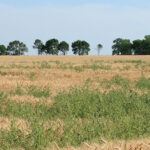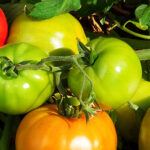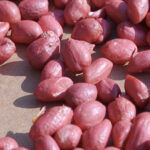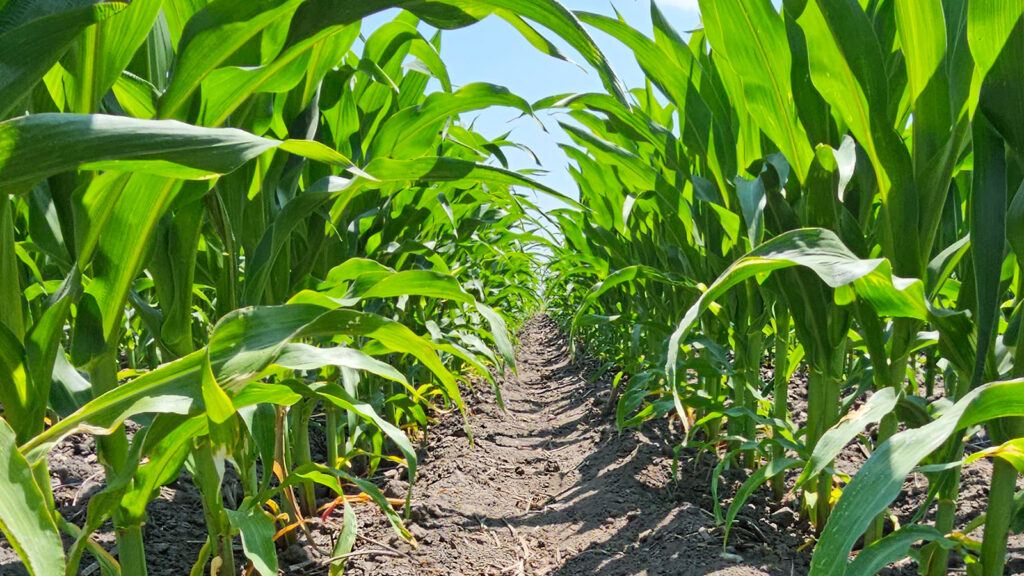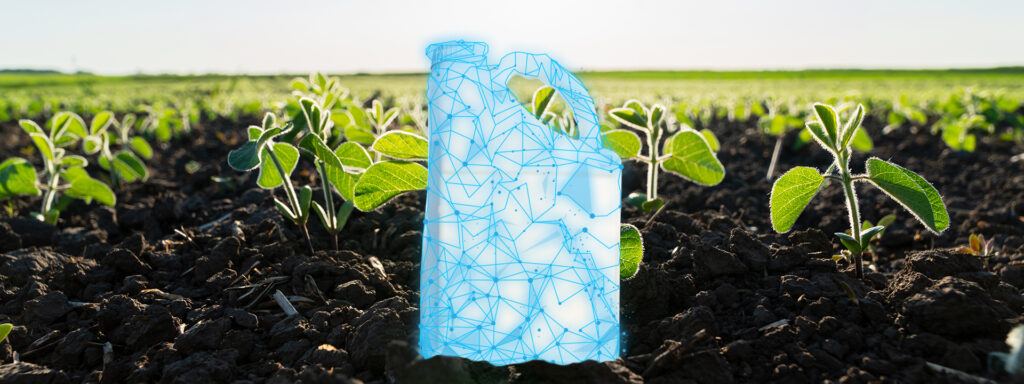Oilseeds Drive Global Acreage Boom
South American, South Asian and former Soviet Union countries dominated new harvested acres.

Agriculture is dominated by trends with small annual changes that play out over several years or decades. There are many examples of this, from yields to producer consolidation, but the trend that’s perhaps easiest to overlook is global acreage.
The adjacent graph shows global harvested acres since 1960. In 2021, world acres were 2.4 billion acres, up 63 million acres since 2016. For context, the U.S. harvested 85.4 million acres of corn in 2021. While 63 million is a small increase compared to the 2.4 billion total, it’s about three-quarters of the area of the U.S. corn crop.
This isn’t the first time global acreage has expanded. In the 1970s, acreage increased by 269 million acres. North America was a significant source of that expansion, contributing 74 million — or 28% — of the total increase. Global acreage again expanded in the 2000s and early 2010s due to demand from ethanol production and soybean trade. That expansion totaled 280 million acres, with South America and sub-Saharan Africa leading the increase at 73 million additional acres each.
Another important takeaway from Figure 1 is that those acres largely remain in production once the expansion occurs. In other words, sizeable global acreage contractions don’t happen, even when ending stocks are high and commodity prices are low. Even throughout the Farm Financial Crisis of the 1980s — when the U.S. government was trying to limit the pains of oversupply through programs such as Payment-in-Kind and Conservation Reserve Program — the overall global acreage trend was sideways.
Oilseeds in the Driver’s Seat
When the global acreage factory expands, it doesn’t do so uniformly across all crops. Of the 63 million acres added in recent years, a staggering 73% of those new acres have gone to oilseeds. While soybeans account for most oilseed gains (+25 million acres), all oilseeds — including peanuts, rapeseed and sunflowers — have increased.
Corn acreage has also trended higher but only gained 15 million additional acres. Across the other primary crops, cotton, rice and wheat posted small expansions, but acres of millet, oats, rye and sorghum were unchanged or lower.
Where the Increases Occurred
In addition to being concentrated by crops, oilseed acreage gains have also occurred in just a few regions and countries. For example, Brazil alone accounted for 44% of the increase between 2016 and 2021. Outside of South America, South Asia — mainly India— and the former Soviet Union region also have been a significant source of expansion.
Russian acreage increased by 8 million since 2016, and Ukraine added another 4.4 million. While many have recently noted these two countries are a significant source of global corn and wheat exports, they’ve also been a source of acreage expansions. The region’s largest crop is wheat — which increased by 4.2 million acres since 2016 — but oilseeds have again dominated the expansion, gaining 11 million additional acres. The crop with the most significant acreage gains within the region was sunflowers, up 6.6 million acres.
Wrapping it Up
There are several reasons these data can be challenging to follow. First, the year-to-year changes, or variations, can be noisy due to weather-related issues. It often takes several years to establish a trend. Second, world acreage has increased by nearly 800 million acres since 1960, or a 47% increase, but the trend has played out over six decades. On average, this is equal to a lackluster 0.6% annual rate of increase. Third, the global factory expansion cycles between years of slow expansion and stretches of very little change. Taken together, one could monitor these data for several years before observing any significant changes. However, when financial conditions are strong, we can expect global acreage to increase.
Looking ahead, keep in mind the acreage expansion has been underway for at least two years. For example, South America and the former Soviet Union regions began to increase acreage during the trade war. It’s unclear how long the current expansion will last, but a significant element of the “cure for high prices” is already underway. The expansion will eventually begin to ease the current supply concerns.
Widmar and Gloy are the co-founders of Ag Economic Insights (AEI.ag). Founded in 2014, AEI.ag helps improve decision making for producers, lenders, and agribusiness through: the free Weekly Insights blog, the award-winning AEI.ag Presents podcast- featuring Escaping 1980 and Corn Saves America, and the AEI Premium platform, which includes the Ag Forecast Network decision tool. Visit AEI.ag or email Widmar(david@aei.ag) to learn more. Stay curious
- Global acreage increased by 63 million acres between 2016 and 2021.
- Once agriculture expands into new acres, they normally remain in use.
- Oilseeds, especially soybeans, are the largest contributors to new acreage.














